I’ve fancied a Leica Monochrom since the day they were announced. It can’t have been that long after that my mate Pete bought one and sent me a few DNG files to inspect – this did nothing for a level of intrigue that’s stuck with me since. This week the time finally came for me to buy my very own. I had to sacrifice the Xpan-ii to do it, but I must say I am happy with that decision already.
Step up the Leica M9M Monochrom for the summer
As well as buying a Leica “M9M” Monochrom, this week has also seen my Leica M9 go off to Germany for a sensor replacement. As such my new Monochrom is going to be taking over digital photography duties over for the summer. Of course, the summer won’t be entirely lost to black and white photography – I still have film. In some ways I’m quite pleased about this too. Since I won’t have the M9 to temp me to the dark side, it should mean my family holiday to Cornwall this summer will be almost entirely documented with film – past experiences tell me that film and Cornwall go very well together. Anyway, I digress the Monochrom has landed, and I’m a week into shooting it…
Different from my experiences and expectations
As mentioned, I’ve already played with some files taken with a Monochrom in the past. Despite this, and despite thinking I knew what to expect, I wasn’t fully prepared for the results I got. Make no mistake, the files from this camera are very different to colour files converted to black and white. They’re even quite different from files taken with the M9.
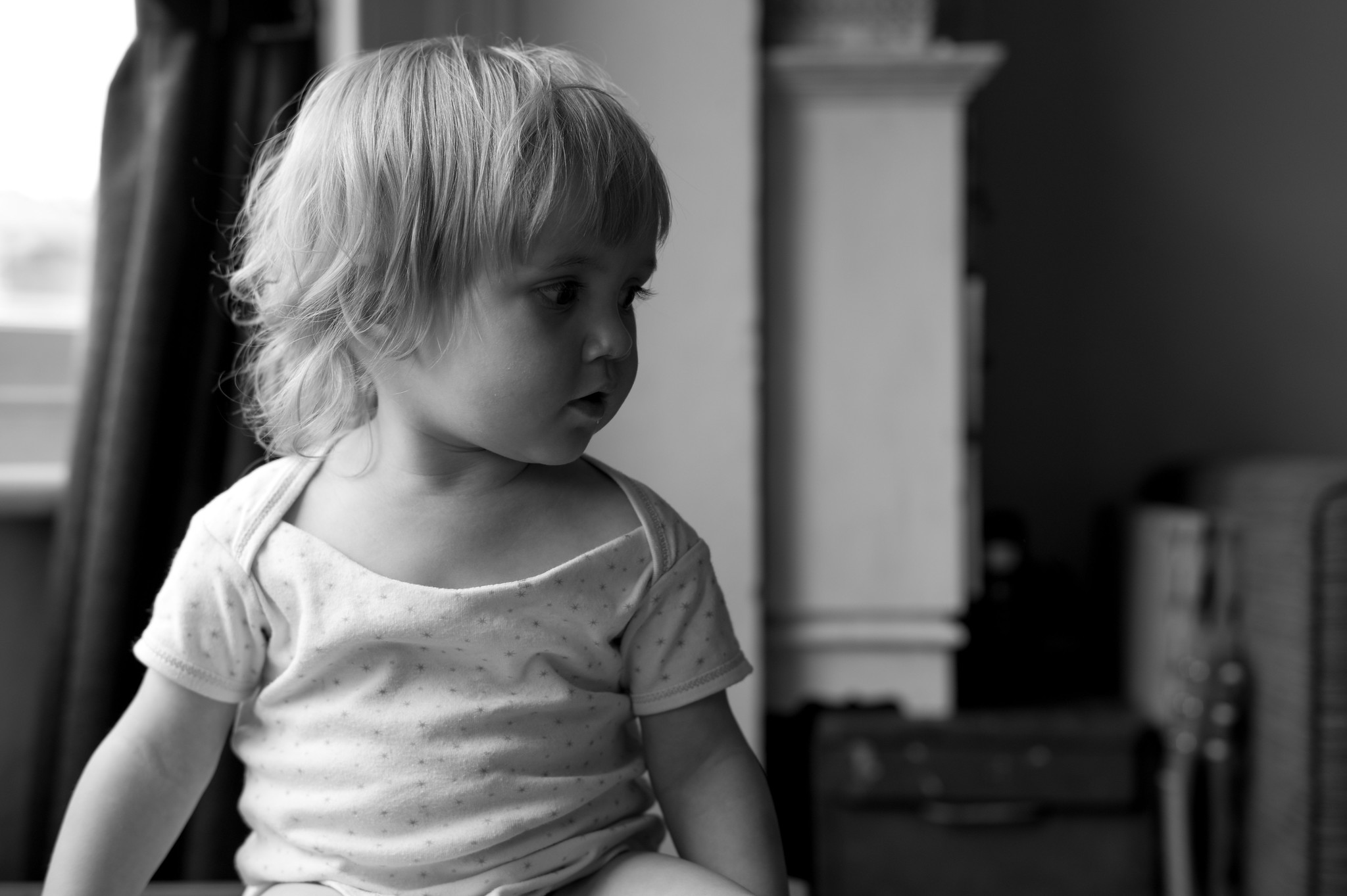
I’ll get into this a lot more in a proper review I’m sure, but three things struck me straight away about shooting the Monochrom. I have less room for manoeuvre in the highlights than I was expecting, more room for manoeuvre in the shadows than I was expecting, and it’s ok to shoot this camera at 5000 ISO.
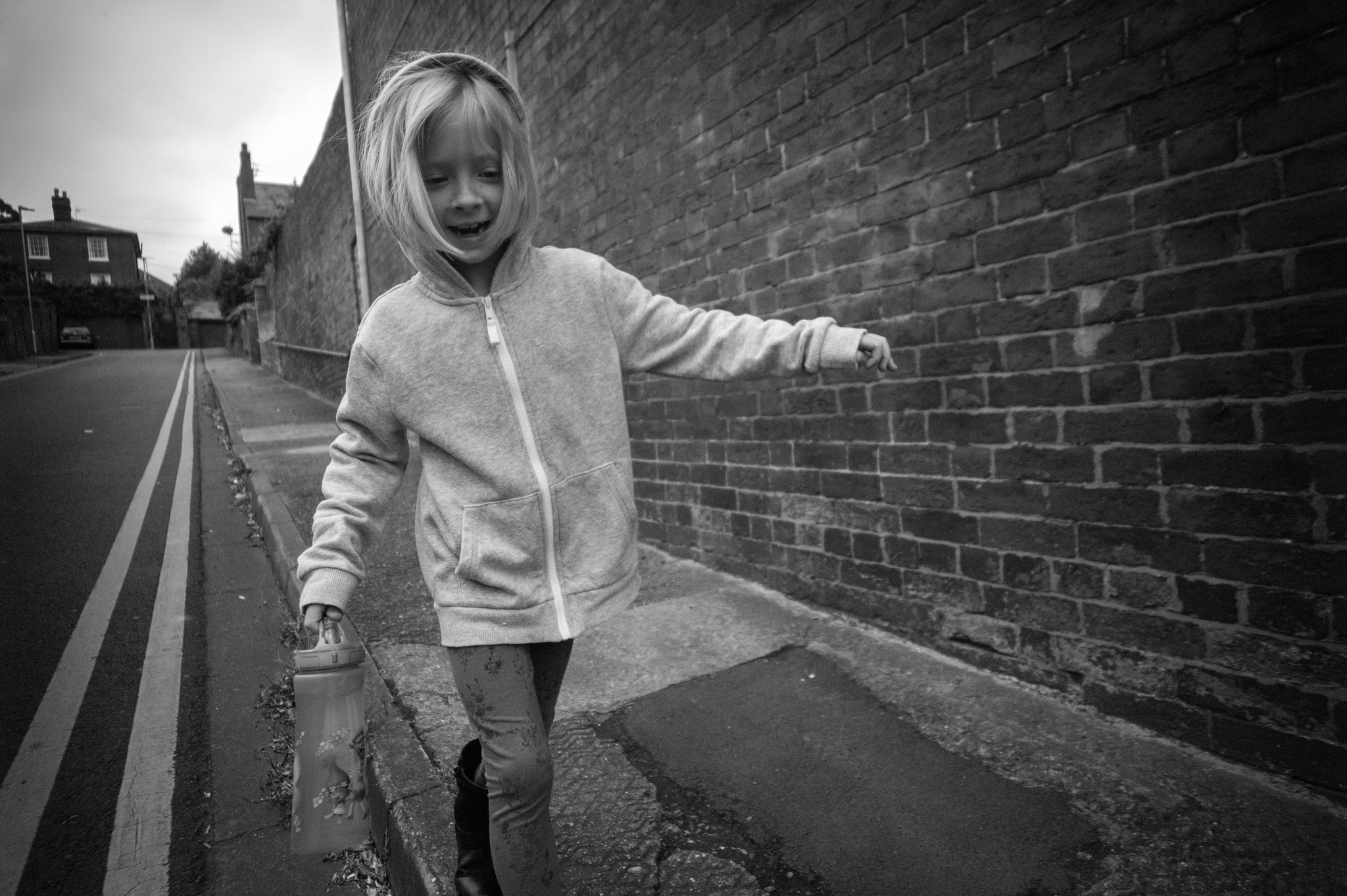
These aren’t points I wasn’t aware of before, but what has struck me is just how more apparent they are now it’s me clicking the button. There’s definitely going to be a steep learning curve to work out how to best deal with these factors in my photography. So far, I have made a few mistakes and missed a few shots. It’s also probably fair to say that I have erred a little to far towards underexposure in most of the photos I have taken.

Closer to a true black & white experience
Something else that’s struck me is how taking photos with the Monochrom feels closer to a true black & white result. This might sound like a blindingly obvious thing to say, but it feels a lot closer to the thought process involved in shooting black & white film. The results, and the wider process of shooting the Monochrom are a fairly big departure from film of course, but the attitude toward the action of the photography is different to colour digital.
As I say, this probably sounds pretty obvious, but it is exactly what I was hoping to find. As time goes on I feel less and less inclined toward heavily processing my photos… In fact, that’s not strictly true, I simply find myself less and less inclined toward processes that don’t feel preplanned. One of the things I most love about shooting film is that the decision to shoot black & white is so purposeful. With “normal” digital cameras it feels much more arbitrary – you can press the button and decide the fate of the photo later. This isn’t the case with the Monochrom, and I’ve really enjoyed that side of shooting with it already. For the first time in ages, I feel like my black and white photos digital photos are the result of planning, not just fiddling with the images in lightroom.
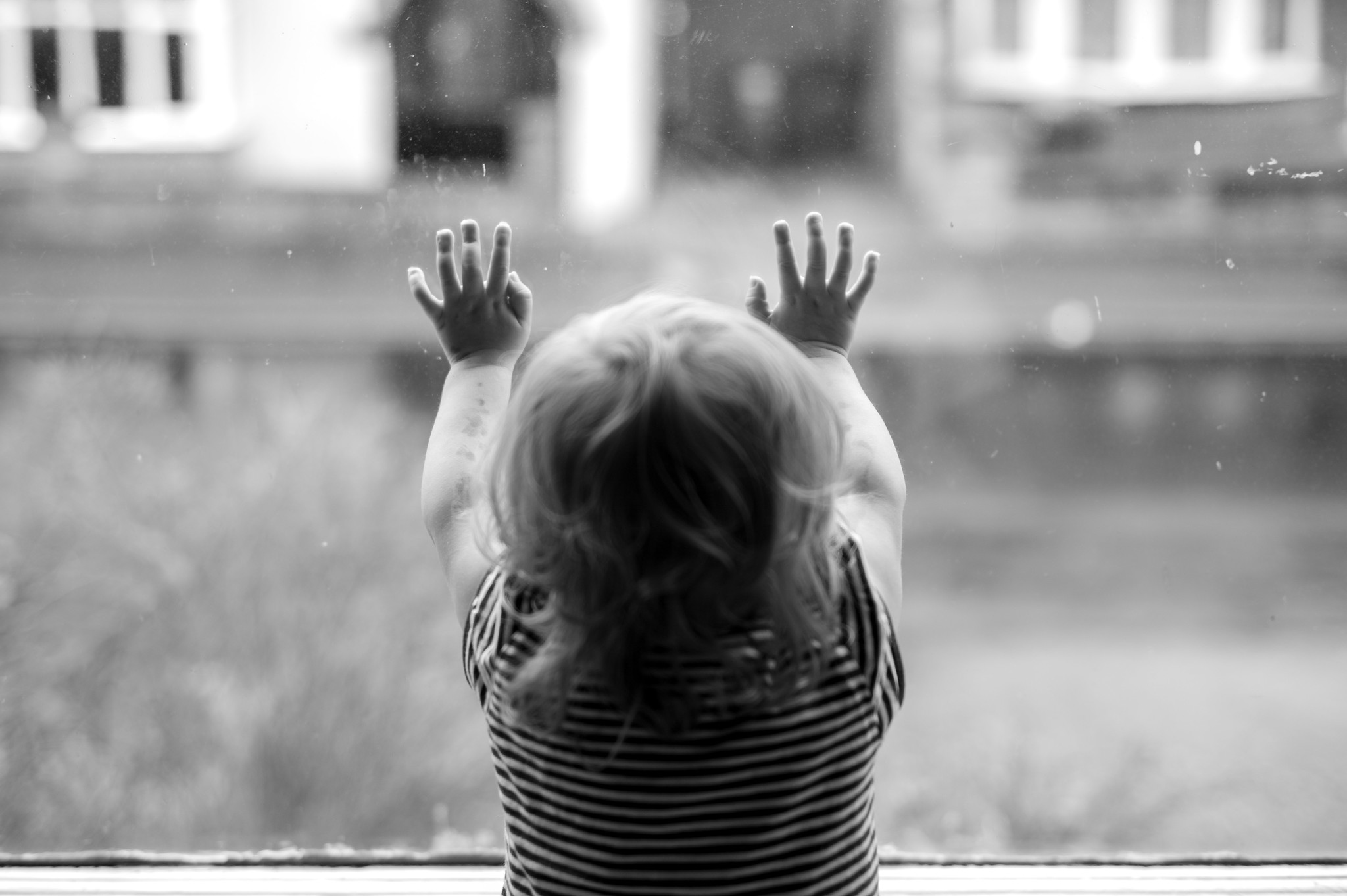
Discovering black and white lens character
The final observation I wanted to share from this first week with the Monochrom is something I didn’t have any expectation of at all. For some reason I’ve found myself much more aware of lens character within the black & white digital images it produces.
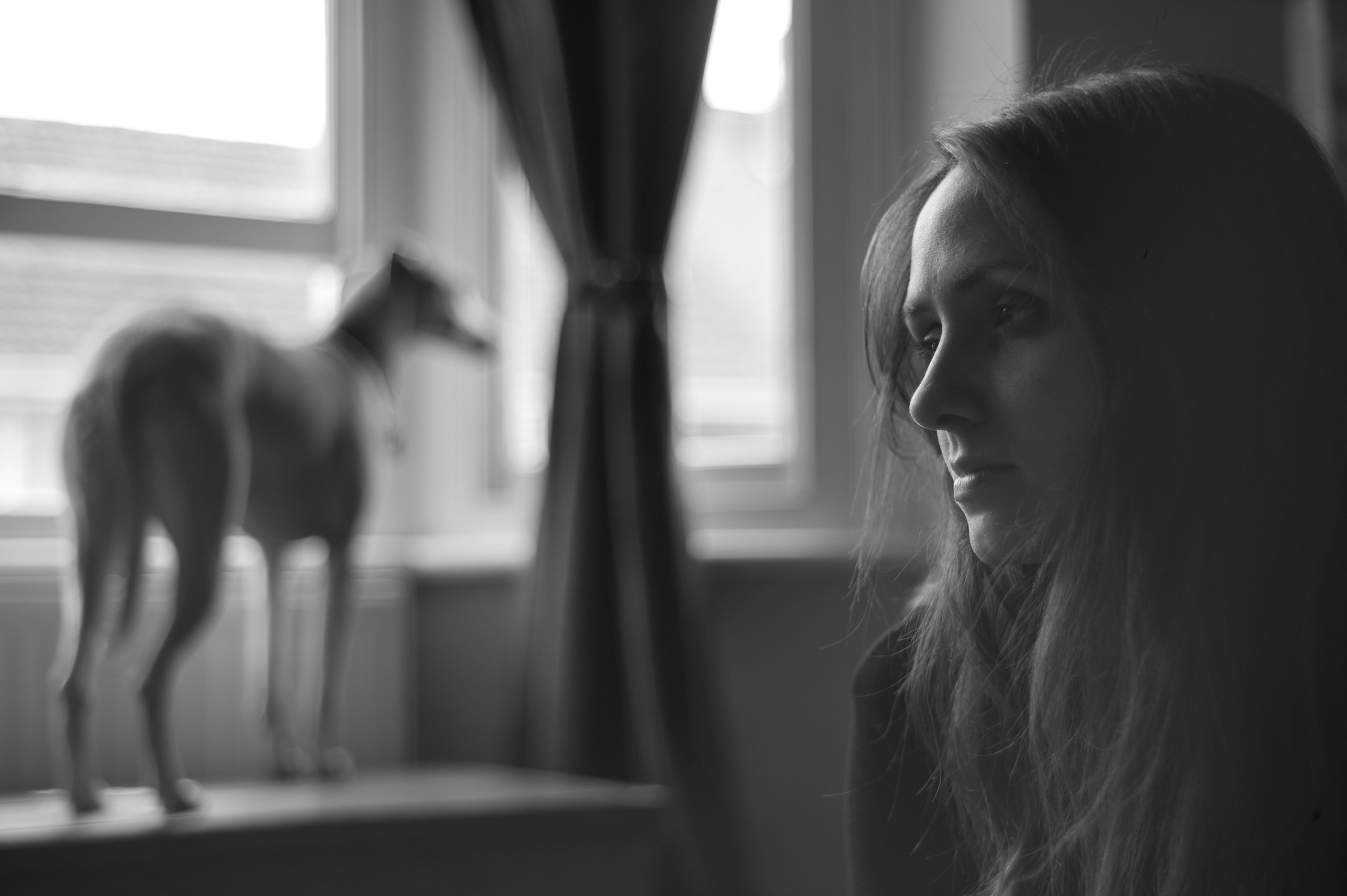
I wonder if I’m so used to digital black and white feeling like a process, that I’m losing something of my perception of the character of my lenses in the muddle of post process. I’m not sure if that makes sense outside of my head really, but somehow – perhaps because digital black and white has always felt a little like an afterthought – I now feel like I am seeing and more strongly appreciating how various lenses impact on monochrome images. This is perhaps also helped by the Monochrom’s native flat images – but that’s a topic to come back to in an eventual review I think.
As I say, there’s now a fairly steep learning curve for me to start experiencing. I haven’t even really properly got my head around how to take good photos with this camera yet, never mind properly got my head around what all of the above means for my photography. As such, I shall leave you with a few more images, and come back to this a bit more at a later date.
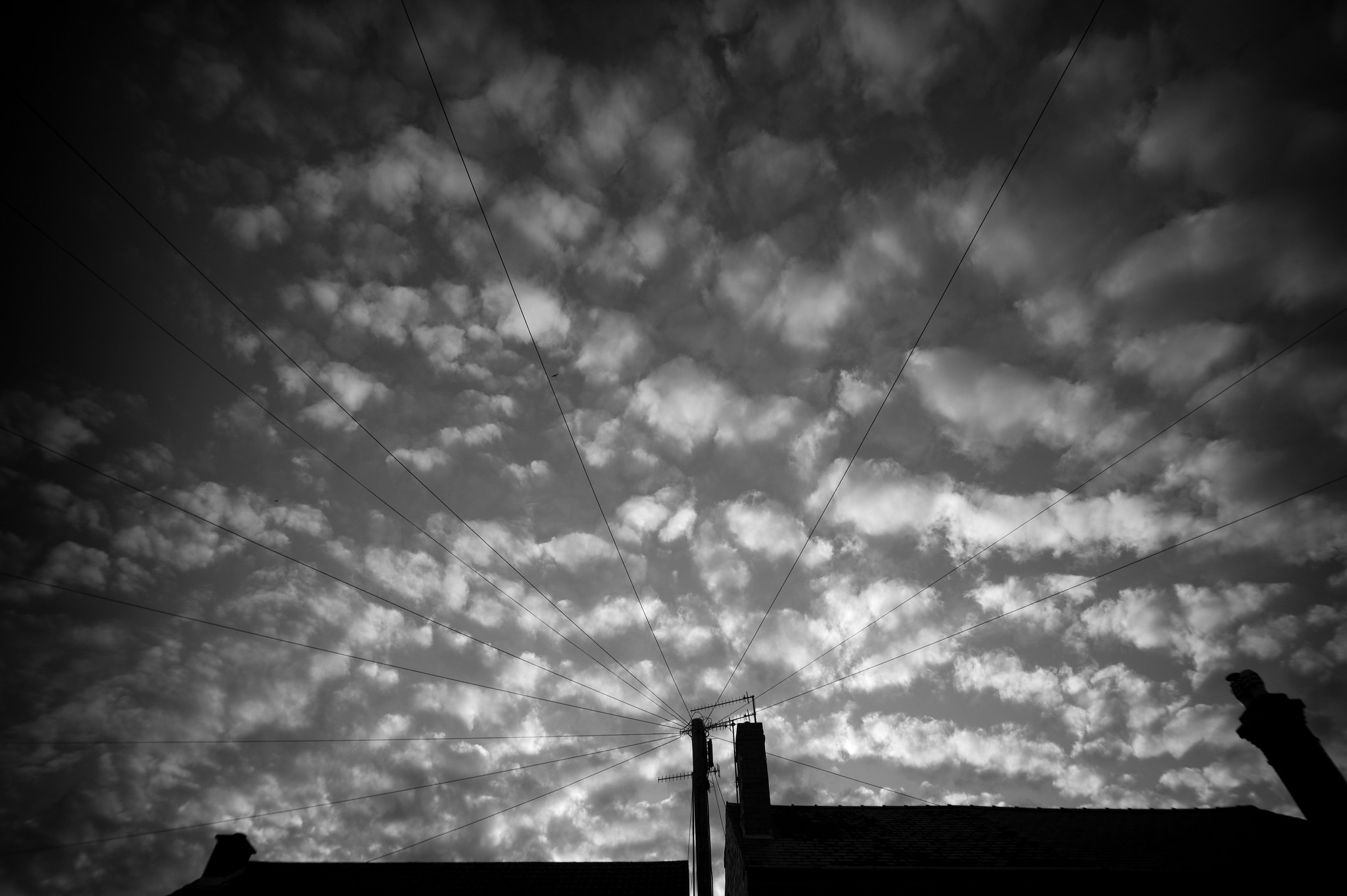
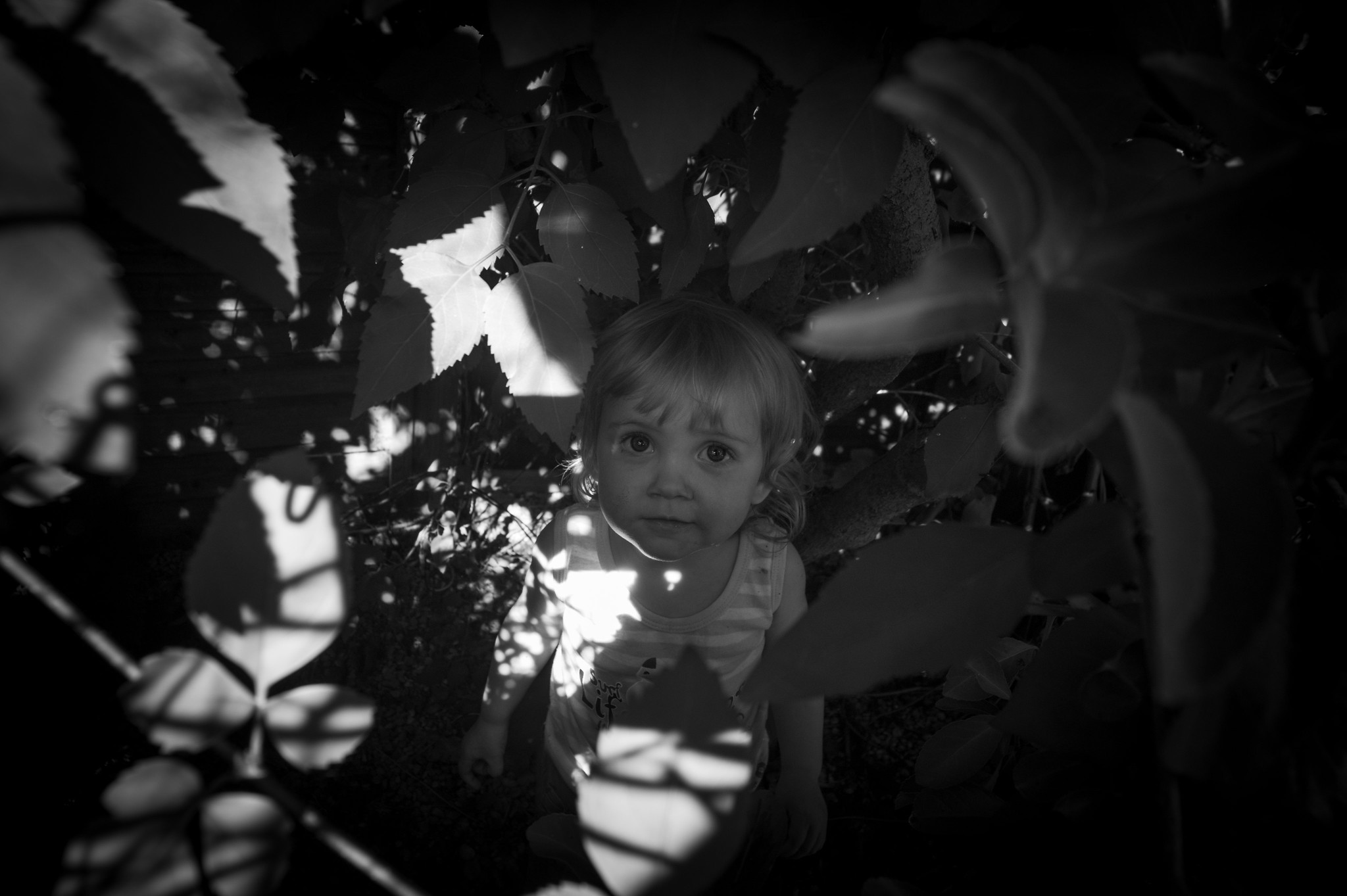
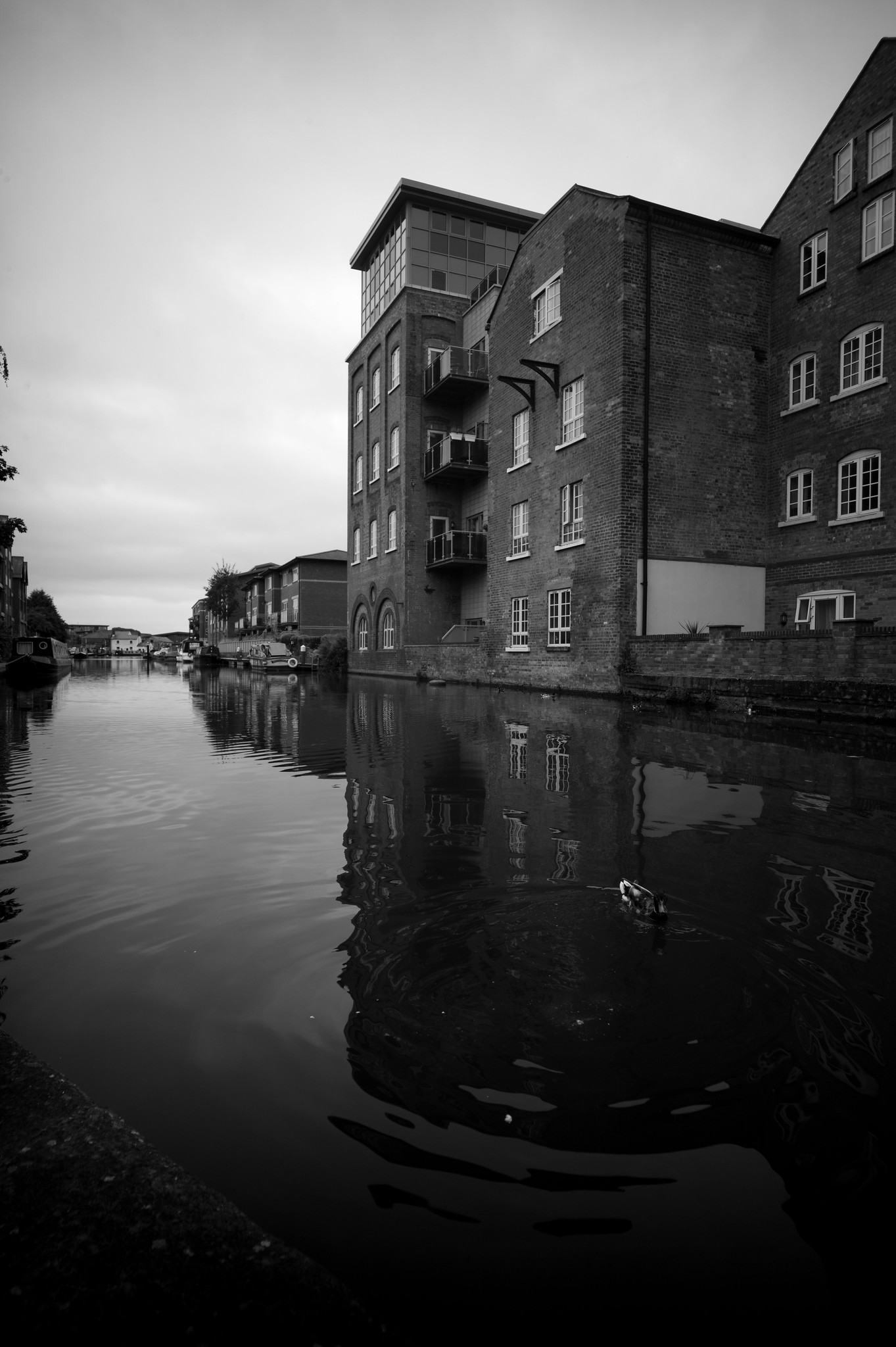
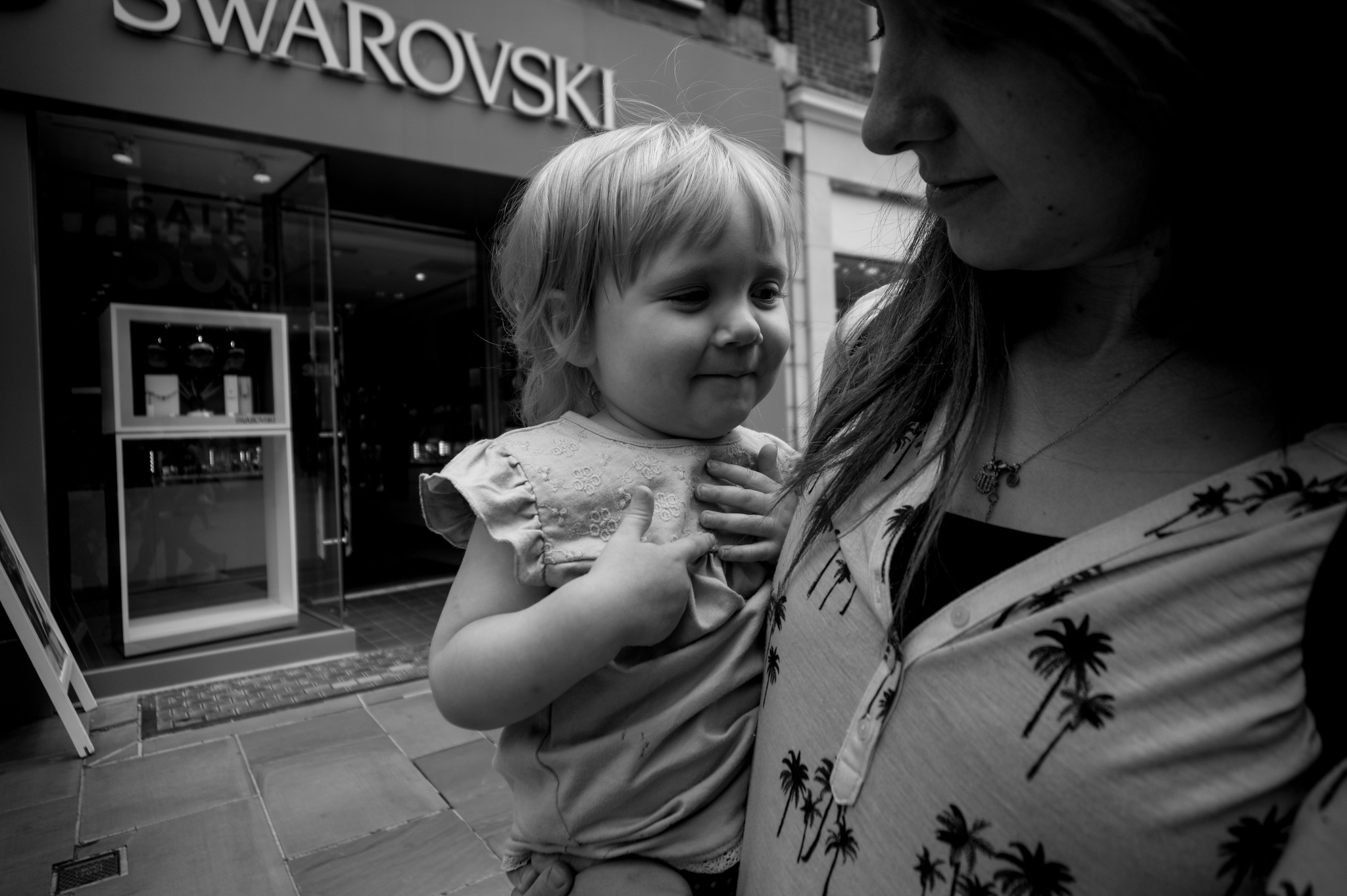
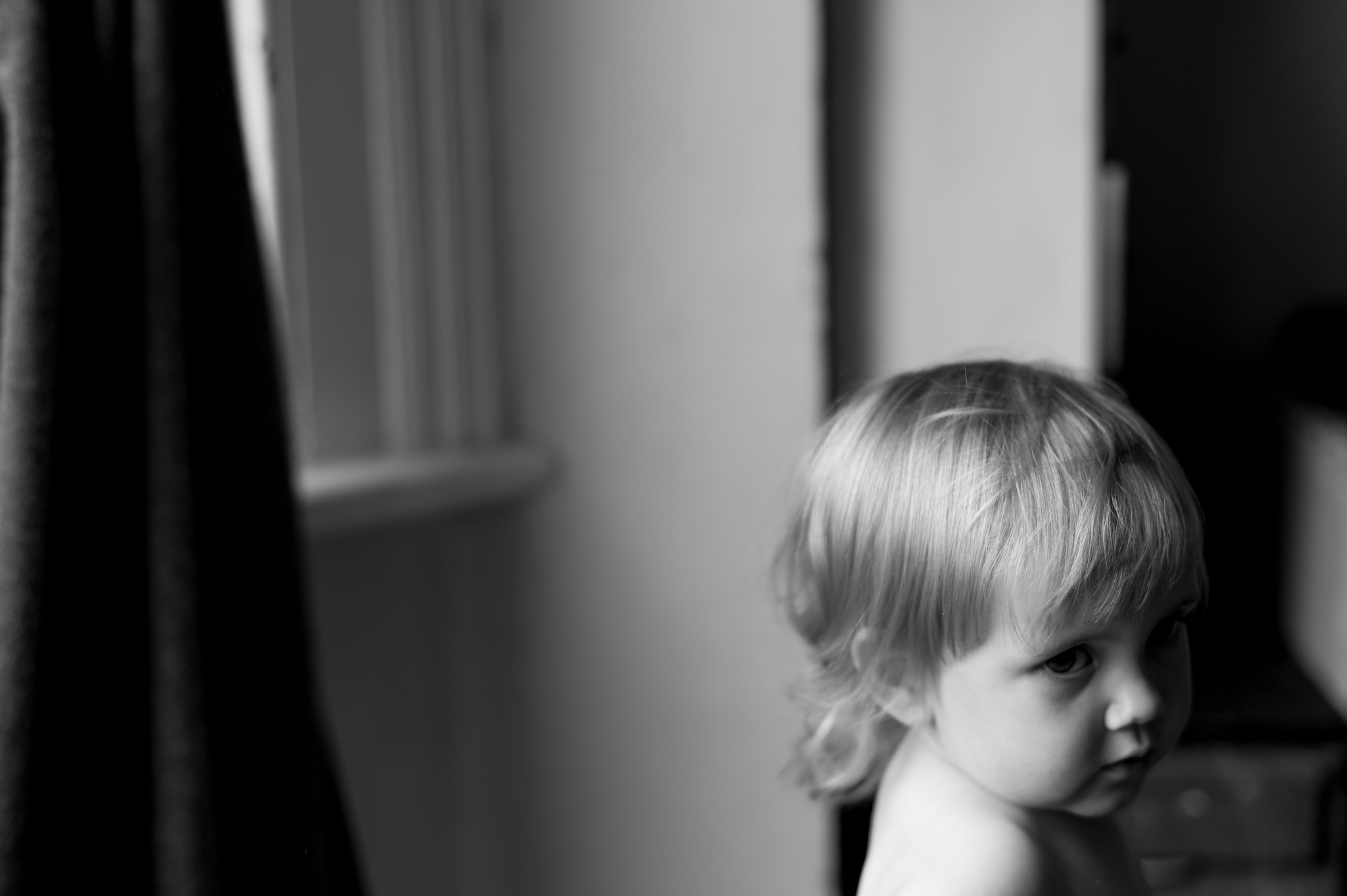
You might notice that a good few of these were taken with an ultra wide lens. They were taken with the Lomography new Russar+ – a review of which can be found here.
Cheers for reading
Hamish
You can find a few more photos taken with the M9M Monochrom here.
Share this post:

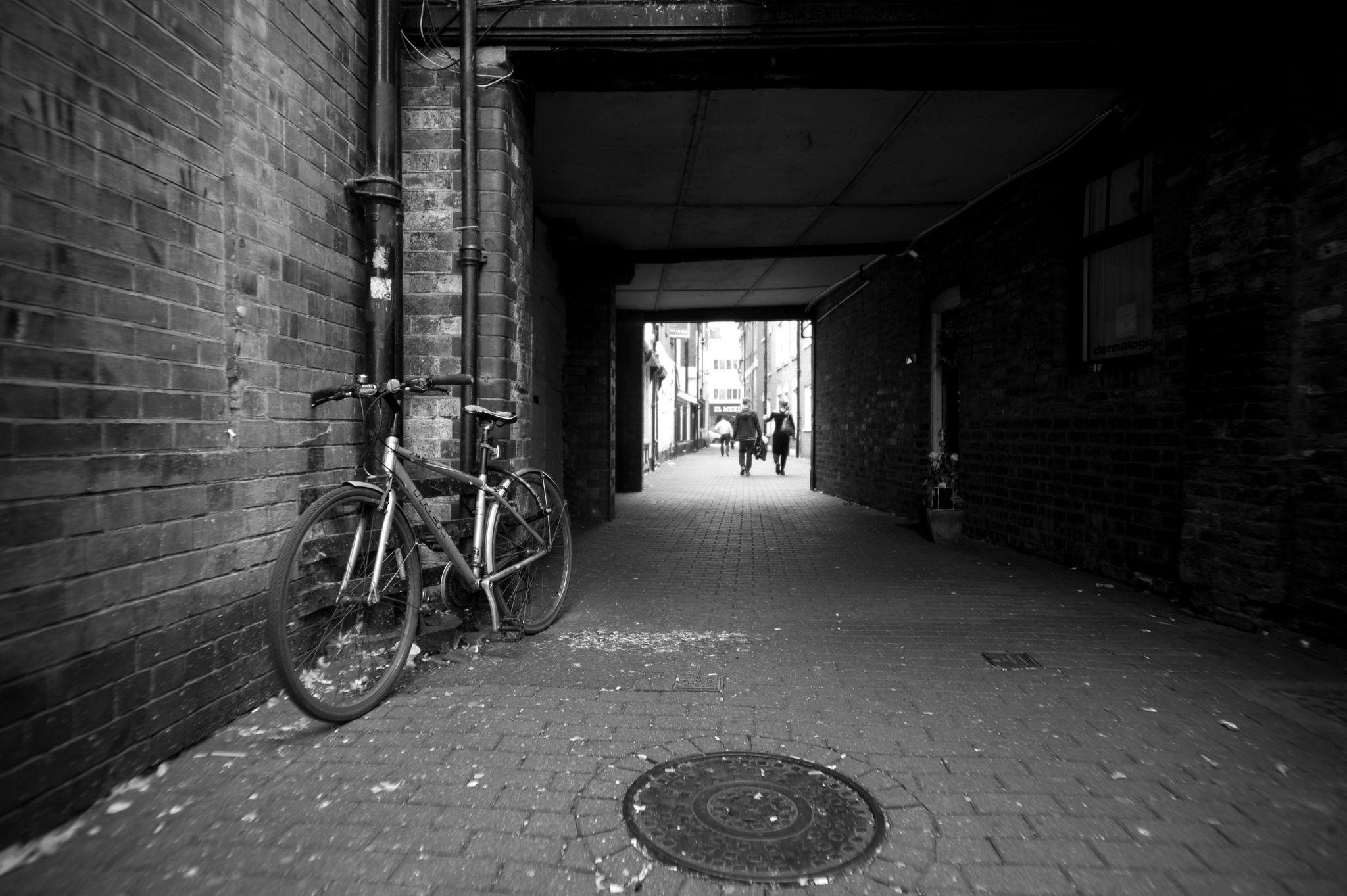
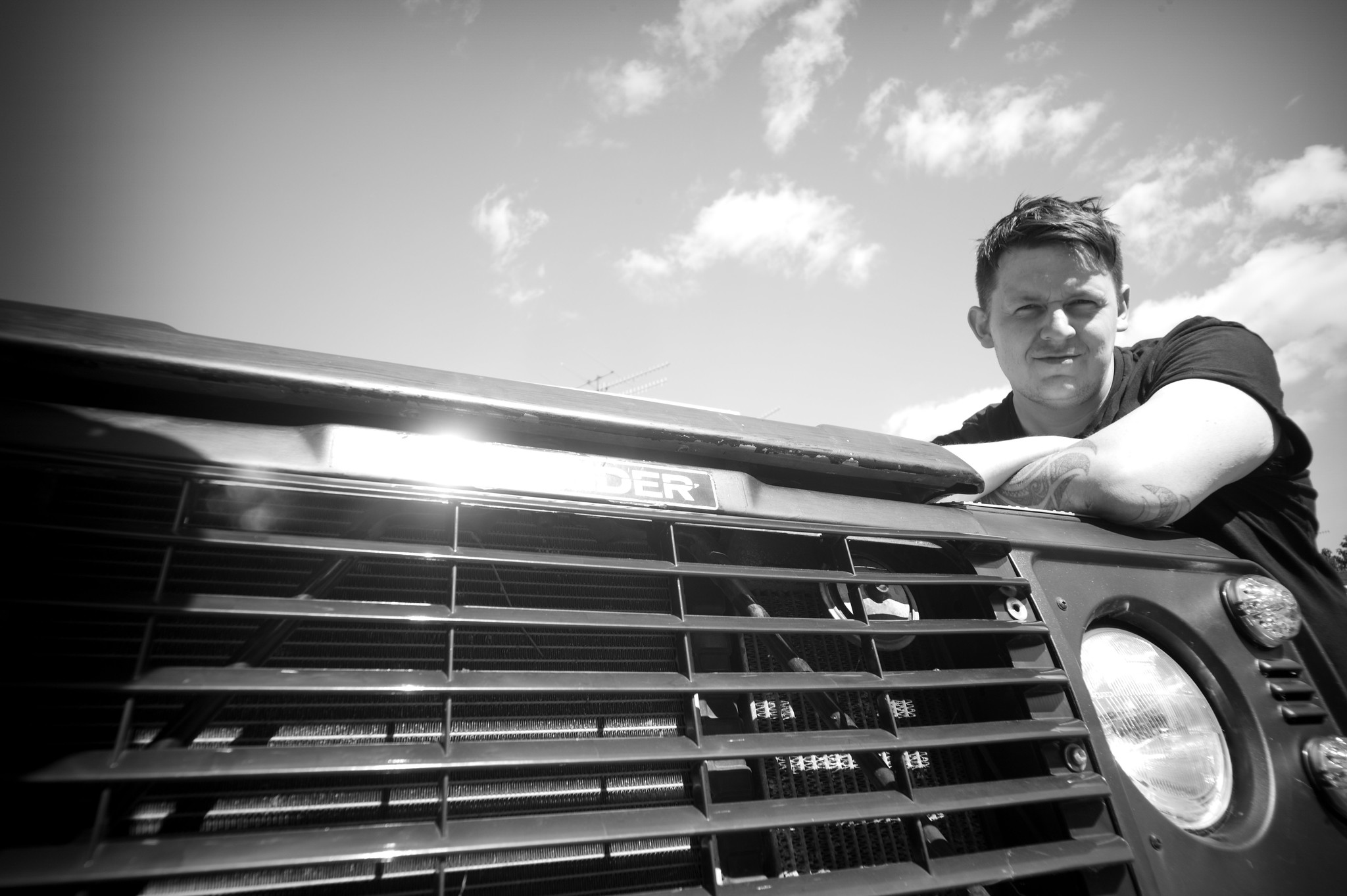
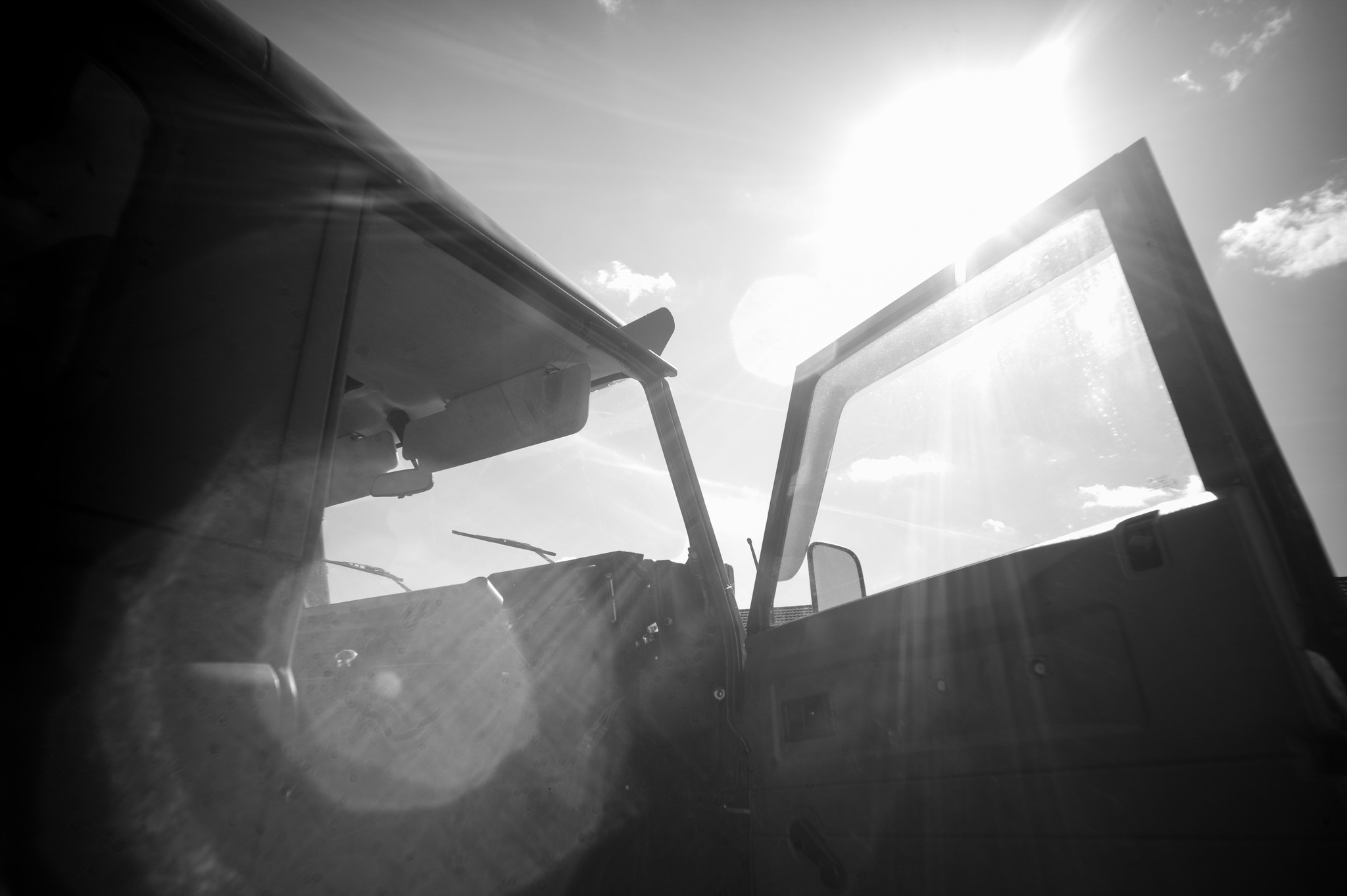








Comments
douglasgottlieb on Leica M9M Monochrom – First few shots and initial impressions
Comment posted: 02/07/2017
Better start saving
Comment posted: 02/07/2017
Comment posted: 02/07/2017
Comment posted: 02/07/2017
Nick on Leica M9M Monochrom – First few shots and initial impressions
Comment posted: 02/07/2017
Your comment about the Monochrome being 'purposeful' really struck a cord for me, it's for this reason that it's one of the few digital bodies that might tempt me back from film (at least partly).
Comment posted: 02/07/2017
John Lockwood on Leica M9M Monochrom – First few shots and initial impressions
Comment posted: 03/07/2017
Comment posted: 03/07/2017
Dave on Leica M9M Monochrom – First few shots and initial impressions
Comment posted: 03/07/2017
the Fuji x100 cameras or the rest of the Fuji line. You can shoot in B&W jpg with custom settings to tweak the files as you like. The EVF will tell you if your shadows are too deep before you push the shutter button. I usually use mine an aperture mode and ride the exposure compensation dial to get the exposure correct in camera.
Comment posted: 03/07/2017
Rob MacKillop on Leica M9M Monochrom – First few shots and initial impressions
Comment posted: 03/07/2017
Comment posted: 03/07/2017
Oliver on Leica M9M Monochrom – First few shots and initial impressions
Comment posted: 03/07/2017
The latitude in the shadows was very impressive i have to say.
But as someone who thinks in analog black an white film it is also very confusing.
I am curious if you can find a way to use the features of the monochrom to your advantage.
The owner of the Mono2 (also the owner of the shop) told me the Mono is produces unique results.
You have to accept that or you get frustrated.
He loves his Mono and he uses it exclusively for his private photos.
Comment posted: 03/07/2017
Terry B on Leica M9M Monochrom – First few shots and initial impressions
Comment posted: 03/07/2017
What surprised me was how much your images are similar in tone to my old FP4/Aculux 120 negs shot with my Rollei 3.5f and Mamiya C330S. And this is even for allowing viewing on a monitor.
I should think that what could be very interesting is the ability to go to 5000 ISO, something impossible with traditional film, and I'd certainly be interested in any tests and comments you do at this setting. Pity I can't afford it! :D(
Does the lack of an AA and Bayer filter assist with corner sharpness using extreme wide angle lenses?
Looking forward to your expanded post.
Comment posted: 03/07/2017
Hector J. Oca on Leica M9M Monochrom – First few shots and initial impressions
Comment posted: 03/07/2017
Maybe I need to test it with a yellow and a red filter to see how it behaves :)
Comment posted: 03/07/2017
Frank Lehnen on Leica M9M Monochrom – First few shots and initial impressions
Comment posted: 03/07/2017
Comment posted: 03/07/2017
Comment posted: 03/07/2017
Comment posted: 03/07/2017
Neil Woodman on Leica M9M Monochrom – First few shots and initial impressions
Comment posted: 03/07/2017
Comment posted: 03/07/2017
Comment posted: 03/07/2017
Comment posted: 03/07/2017
Tobias Eriksson on Leica M9M Monochrom – First few shots and initial impressions
Comment posted: 03/07/2017
I just want to comment on your experience with different results in b&w and colour with the same lens. I've had the same experience with my Helios 55 mm lens on a Zenit 3m and Chinonflex TTL. The lens has areas of uneven (is the most fitting description I suppose) focus visible only when I use b&w film. On the colour scans there is focus where it should be. So for me it is now a b&w only lens, since I love the dreamlike haziness.
Comment posted: 03/07/2017
Tom Brayne on Leica M9M Monochrom – First few shots and initial impressions
Comment posted: 03/07/2017
Cheers!
Comment posted: 03/07/2017
Oliver on Leica M9M Monochrom – First few shots and initial impressions
Comment posted: 03/07/2017
Film is a flat surface but a sensor is compared to film like a pack of drinking straws. and because the flange distance of a M is so low and for some wind angle lenses even lower the light is blocked by the shadow of the tube.
Just in case you have not heard that before.
So it should not matter compared to a "color sensor."
@Hamish he also showed a lot of photos taking by night. no tripod. high ISO. breath-taking. insanely sharp and full of shadow detail. so it should be fun to use in the pub.
I think the Mono is "the queen of the night." but in bright sunlight some pictures where almost surreal. things made of wood and some plants looked like some kind "neo infrared-film" to me.
Anyway - interesting camera and one of the reasons why they are my heroes. You need balls of steel to even think about building such a camera.
Comment posted: 03/07/2017
Brian on Leica M9M Monochrom – First few shots and initial impressions
Comment posted: 03/07/2017
ANYWAY! put an Orange filter on the Sonnar, you'll be amazed at how much sharper the image is. I was.
https://www.flickr.com/photos/90768661@N02/albums/72157655430704496/with/21039294675/
Compare the performance of the above 1934 5cm F2 Sonnar on the M9 and M Monochrom.
I wrote my own software to add a gamma curve to the image and convert the 14-bit DNG to a 16-bit DNG as to not lose resolution. In Fortran.
https://www.flickr.com/photos/90768661@N02/albums/72157653270743238
Spent most of the 1980s writing image processing code. So- any questions about M Monochrom file format...
Comment posted: 03/07/2017
Comment posted: 03/07/2017
Toby Brownson on Leica M9M Monochrom – First few shots and initial impressions
Comment posted: 04/07/2017
Comment posted: 04/07/2017
toby brownson on Leica M9M Monochrom – First few shots and initial impressions
Comment posted: 04/07/2017
Comment posted: 04/07/2017
Nick on Leica M9M Monochrom – First few shots and initial impressions
Comment posted: 09/07/2017
Comment posted: 09/07/2017
Derren Lee Poole on Leica M9M Monochrom – First few shots and initial impressions
Comment posted: 21/07/2017
Ming on Leica M9M Monochrom – First few shots and initial impressions
Comment posted: 25/09/2017
Cheers